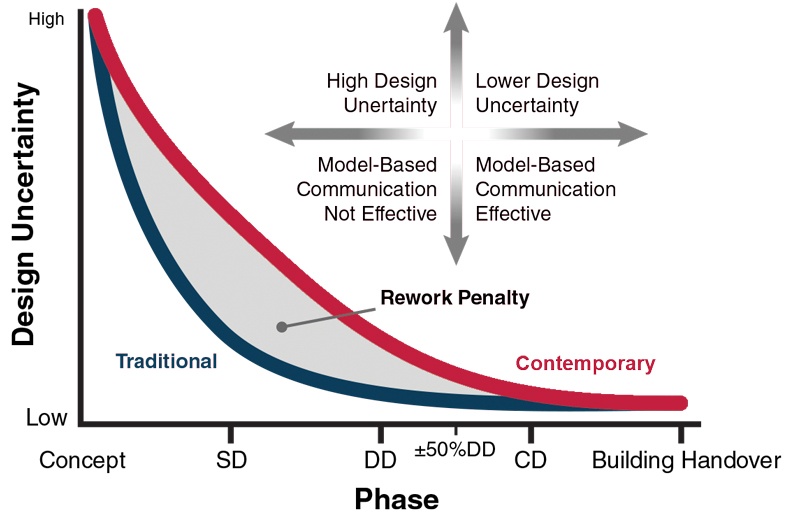BIM Challenges | March 26, 2021

While developments in BIM technology over the past couple of decades have vastly improved coordination efficiency for certain aspects of most building projects, BIM has also created some new challenges for structural engineers. As a result, regular design team communication regarding design intent, priorities, changes, and status are more critical than ever before. STRUCTURE Magazine recently published an article which takes a deeper dive into this topic and discusses multiple ways in which BIM has changed and challenged the structural engineering profession including:
-For structural engineers, BIM is not yet the fully integrated design tool that it has become for some other disciplines. BIM is not the structural design platform, or in other words the structural design process still take place outside of the BIM process and requires additional time and effort to incorporate into BIM models.
-Misperceptions about BIM’s efficiency for all design team members have led to shortened design cycles and a tendency to push design uncertainties much farther into the design process than was common in the past. BIM does very little if anything to relieve these added pressures on structural engineers.
-The BIM model is rarely the main deliverable, but structural engineers are forced to spend more and more time focused on BIM modeling rather than studying drawings and producing a complete set of construction documents. There is an increased possibility that critical details not reflected in models will be missed.
-BIM models do not always accurately reflect design status. Modeling that is very preliminary in nature and subject to change can appear to be much more finalized and prompt structural design and coordination that eventually becomes virtually useless.
-BIM models do not adequately communicate design intent, priorities, or changes. With model sharing increasing in frequency (now evolved to live models), structural engineers are often required to put significant time and effort into identifying, tracking, and reacting to changes without adequate context.
For STRUCTURE Magazine’s recent article on BIM’s impact on structural engineers and design team communication, please follow this link.
